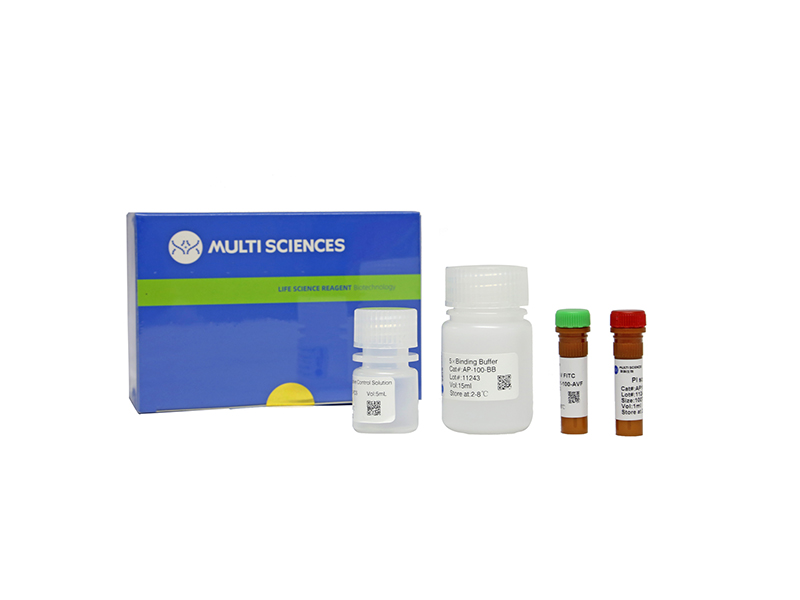BACKGROUND/AIMS: P-glycoprotein (P-gp, i.e., MDR1) is associated with the phenotype of multidrug resistance (MDR) and causes chemotherapy failure in the management of cancers. Searching for effective MDR modulators and combining them with anticancer drugs is a promising strategy against MDR. Asiatic acid (AA), a natural triterpene isolated from the plant Centella asiatica, may have an antitumor activity. The present study assessed the reversing effect of AA on MDR and possible molecular mechanisms of AA action in MDR1-overexpressing cisplatin (DDP)-resistant lung cancer cells, A549/DDP. METHODS: Human lung adenocarcinoma A549/DDP cells were either exposed to different concentrations of AA or treated with DDP, and their viability was measured by the MTT assay. A Rhodamine 123 efflux assay, immunofluorescent staining, ATPase assay, reverse-transcription PCR (RT-PCR), and western blot analysis were conducted to elucidate the mechanisms of action of AA on MDR. RESULTS: Our results showed that AA significantly enhanced the cytotoxicity of DDP toward A549/DDP cells but not its parental A549 cells. Furthermore, AA strongly inhibited P-gp expression by blocking MDR1 gene transcription and increased the intracellular accumulation of the P-gp substrate Rhodamine 123 in A549/DDP cells. Nuclear factor (NF)-kB (p65) activity, IkB degradation, and NF-kB/p65 nuclear translocation were markedly inhibited by pretreatment with AA. Additionally, AA inhibited the MAPK-ERK pathway, as indicated by decreased phosphorylation of ERK1 and -2, AKT, p38, and JNK, thus resulting in reduced activity of the Y-box binding protein 1 (YB1) via blockage of its nuclear translocation. CONCLUSIONS: AA reversed P-gp-mediated MDR by inhibition of P-gp expression. This effect was likely related to downregulation of YB1, and this effect was mediated by the NF-kB and MAPK-ERK pathways. AA may be useful as an MDR reversal agent for combination therapy in clinical trials.
文章引用产品
-
-
- AP101
- 凋亡试剂盒
Annexin V-FITC/PI Apoptosis Kit(适用于除C6以外的流式细胞仪)
-
¥630.00 – ¥1,280.00
-
- AP101
- 凋亡试剂盒
Annexin V-FITC/PI Apoptosis Kit(适用于除C6以外的流式细胞仪)
- ¥630.00 – ¥1,280.00



